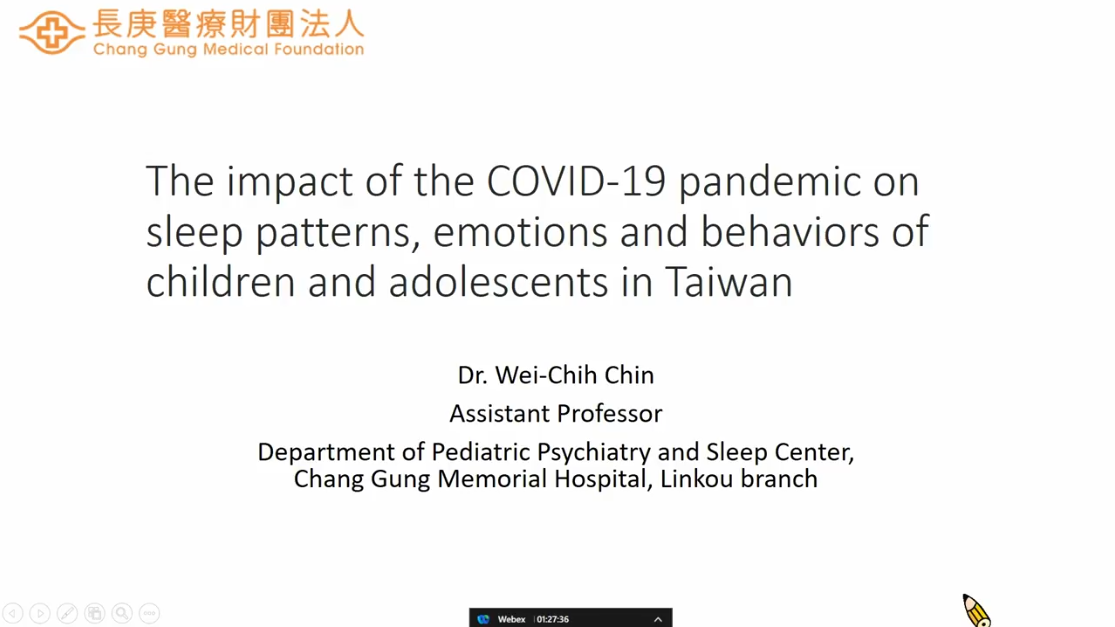
Background: The lockdown in May 2021 was the first and only lockdown implemented in Taiwan during the COVID-19 pandemic. The epidemic in Taiwan has been maintained under relatively better control and this study aimed to examine the impact of the lockdown on sleep and emotional and behavior disturbances in children and adolescents in Taiwan.
Material and methods: Participants over 6 years old were recruited retrospectively from a cohort study, and their parents completed questionnaires including the Children’s Sleep Habits Questionnaire (CSHQ), the Child Behavior Checklist (CBCL), the Swanson, Nolan and Pelham-IV Teacher and Parent Rating Scale (SNAP-IV), and the function assessment. A total of 217 children and adolescents whose parents completed questionnaires during both the lockdown period and the pre-lockdown period were included. We used paired t-test and independent t test; to analyze the differences between the lockdown and pre-lockdown periods and between different subgroups.
Results: The mean age of all participants was 11.87 ± 3.97 years, with 69.6% male. The results of CSHQ indicated that our participants had significantly increased total sleep time (p = 0.000), more sleep onset delay (p = 0.011), fewer sleep duration problems (p = 0.029), less parasomnia (p = 0.018), fewer sleep breathing problems (p = 0.028), and less daytime sleepiness (p = 0.000) during the lockdown, especially males and children. We observed trends but no significant changes of all participants in CBCL and SNAP during the lockdown. The change of the inattention index reached a significant level between children and adolescents (p2 = 0.017). The results of the functional assessment showed more interferences in home living (p = 0.021) of all participants, especially males (p1 = 0.002).
Conclusions: The lockdown significantly impacted children and adolescents’ sleep and functioning. We also observed trends of increased emotion, behavior and inattention problems, and significantly increased interference in home living. Male gender and younger age may be associated factors for sleep and functional disturbances of the lockdown.
KEYWORDS
COVID-19, emotion, children, adolescents, sleep pattern, lockdown
Summary
關鍵字:
心理師進階